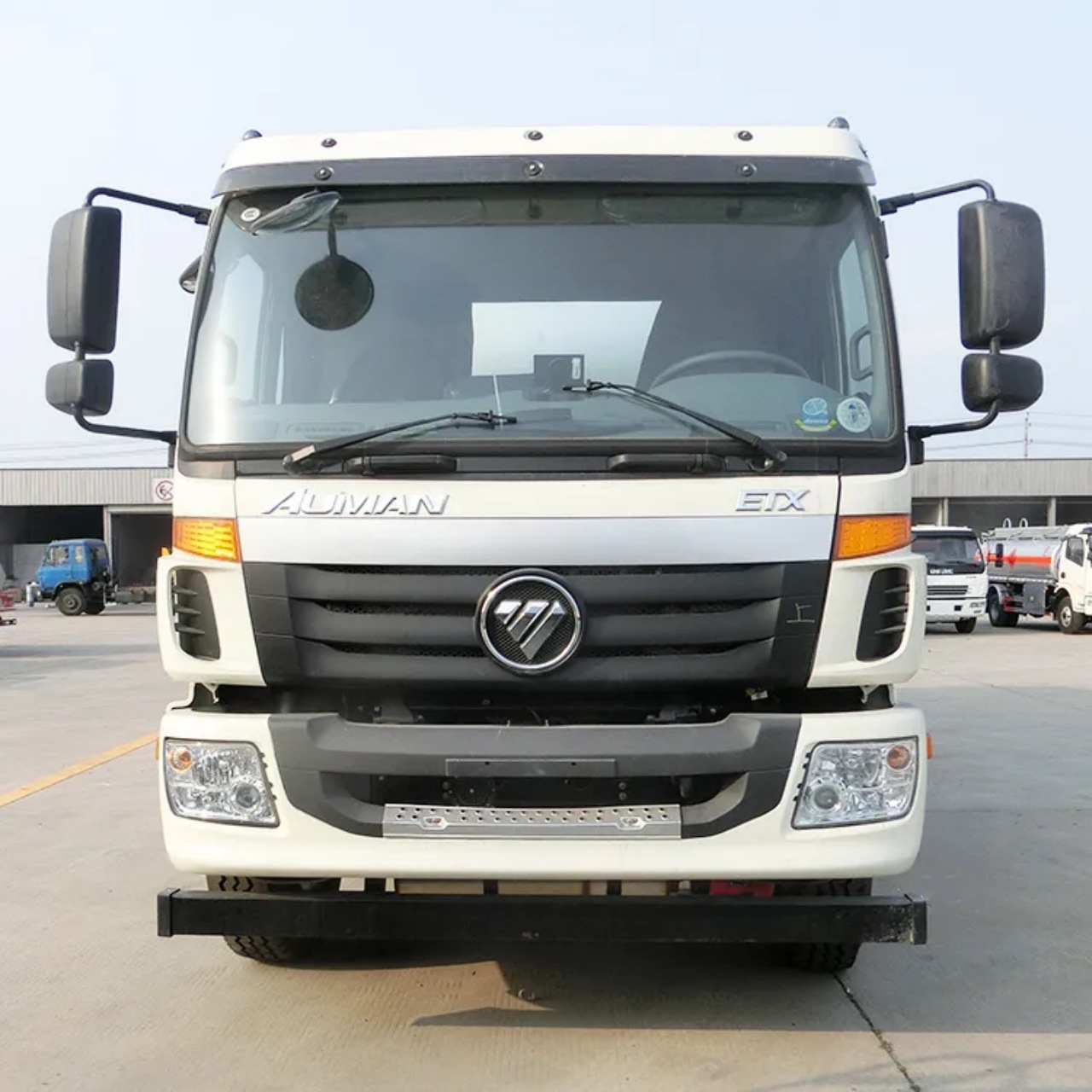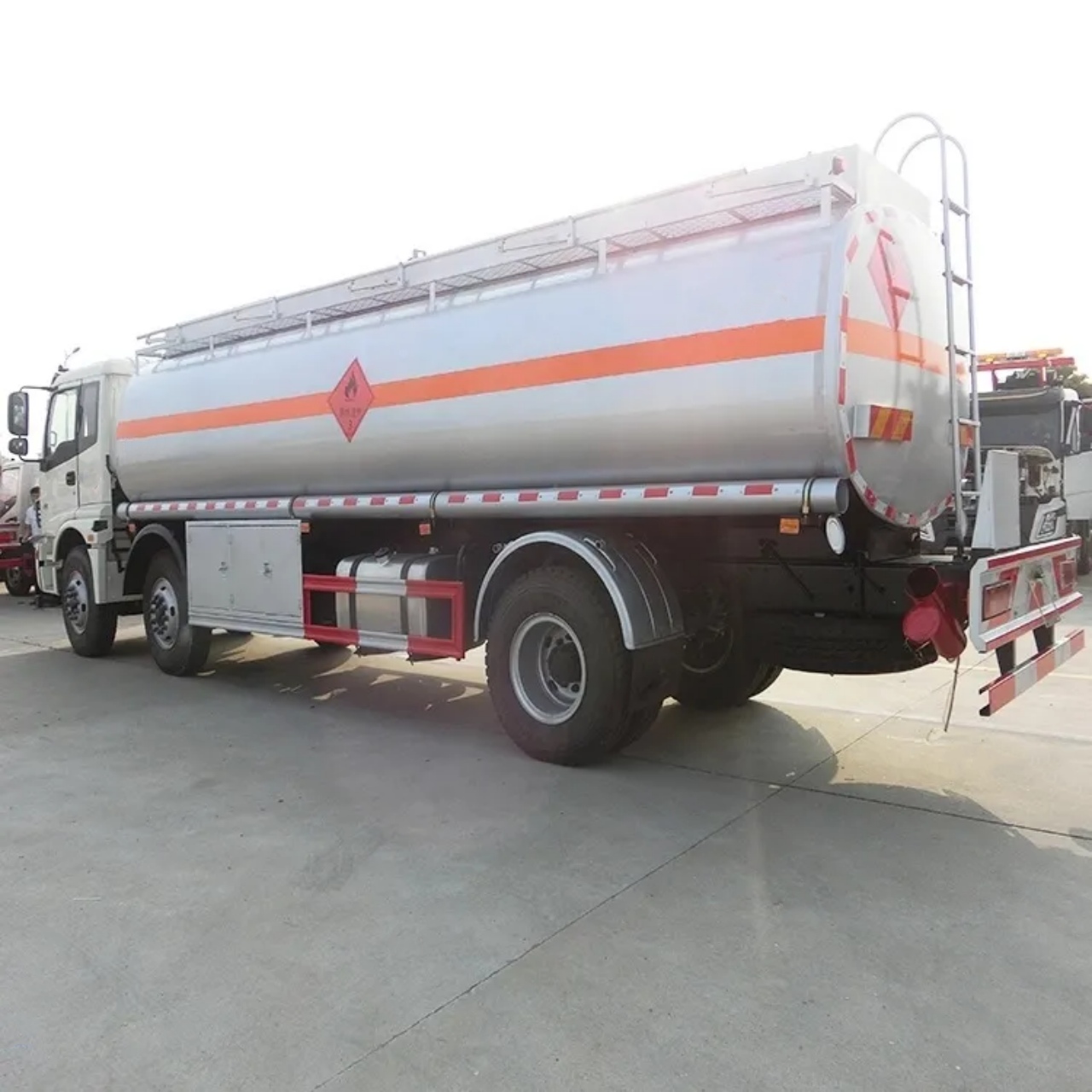Tanker trucks are the lifelines of modern logistics when it comes to transporting liquid materials such as crude oil, gasoline, diesel, jet fuel, and other petrochemical products. One of the most common questions people have is: How much oil does a tanker truck carry? The answer depends on a variety of factors, including the type of tanker, its size, the nature of the liquid being transported, and regulatory limitations. In this article, we’ll dive deep into the different capacities of tanker trucks and the variables that influence how much oil they can carry.
Types of Tanker Trucks
To understand the capacity of an oil tanker truck, it’s important to first understand that these trucks come in different sizes and types, each suited for specific needs. Broadly, tanker trucks can be categorized into the following:
- Small Tanker Trucks (Straight Trucks)
- Medium Tanker Trucks
- Large Tanker Trucks (Semi-Trailer Tankers)
- Specialized Tanker Trucks (e.g., off-road or heavy-haul tankers)
Each of these categories offers different volume capacities and is used under specific operating conditions.
Small Tanker Trucks
Small tanker trucks, also known as straight trucks, are typically used for local fuel deliveries. These trucks are ideal for urban or rural settings where narrow roads or space constraints make maneuvering large vehicles difficult.
- Capacity: 500 to 3,000 gallons (1,900 to 11,300 liters)
- Typical Use: Gasoline station deliveries, residential heating oil, local fuel distribution
These trucks are more compact and usually have a single tank or compartment, although some may feature dual compartments for carrying 2 different fuel types.
Medium Tanker Trucks
Medium-sized tankers are commonly used for regional fuel distribution. They offer a balance between volume and mobility and are often seen delivering fuel to small gas stations or construction sites.
- Capacity: 3,000 to 5,000 gallons (11,300 to 18,900 liters)
- Typical Use: Regional deliveries, mid-sized fueling operations
Many medium tankers are configured with multiple compartments, which allow the transportation of different grades of fuel in one trip, increasing efficiency.
Large Tanker Trucks (Semi-Trailer Tankers)
These are the heavy-duty trucks most people associate with long-haul oil transport. Large semi-trailer tankers are the most common type used for highway oil and fuel transport.
- Capacity: 5,000 to 11,600 gallons (18,900 to 43,900 liters)
- Typical Use: Long-distance crude oil or refined fuel transport, wholesale delivery to distribution terminals
The most typical large tanker truck in North America, for example, holds about 9,000 to 11,600 gallons of gasoline or diesel. These tankers are composed of a tractor unit pulling a cylindrical trailer divided into multiple compartments.
Specialized Tanker Trucks
Some operations require even more robust or unique configurations, especially in industries like mining, off-road oil exploration, or international shipping terminals. These specialized tankers may carry significantly more, or sometimes less, depending on the logistics and terrain.
- Capacity Range: Varies widely; can exceed 12,000 gallons (45,000 liters) in controlled environments
- Use: Remote oil fields, mine fueling stations, heavy construction, or airport fuel transport
Factors Affecting Oil Carrying Capacity
Now that we understand the types of tanker trucks and their general capacities, it’s crucial to consider what determines how much oil a particular tanker can carry.
1. Material Density
Oil isn’t one-size-fits-all. Crude oil, gasoline, diesel, and other petrochemical liquids have different densities. For instance, diesel is denser than gasoline, which can affect how much weight a truck can legally carry before it reaches its gross vehicle weight rating (GVWR).
- Light crude oil: ~870 kg/m³
- Gasoline: ~740 kg/m³
- Diesel: ~850 kg/m³
The weight limit is just as important as volume. A tanker may not be filled to its full volume capacity if the weight of the liquid approaches the legal maximum for highway transport.
2. Number of Compartments
Modern tankers often have multiple compartments, which allows for the transport of different products simultaneously or enhances safety by distributing weight more evenly. Each compartment has a maximum fill level, typically limited to 95% of total volume to allow for thermal expansion of the liquid.
3. Road and Legal Weight Limits
In the U.S., the federal gross weight limit for trucks is typically 80,000 pounds (36,287 kg) unless special permits are granted. This includes the weight of the vehicle, fuel, cargo, and driver. Heavier trucks may require additional axles or permits.
- Empty semi-truck weight: ~30,000–35,000 lbs (13,600–15,900 kg)
- Weight of fuel cargo (e.g., 9,000 gallons of gasoline): ~54,000 lbs (24,500 kg)
- Total when full: ~84,000–89,000 lbs (may require special route)
4. Design and Construction
Tank shape (cylindrical, elliptical), material (aluminum, stainless steel), and design features (baffles, liners) influence the maximum capacity. For example, aluminum tanks are lighter than steel, allowing more cargo weight without exceeding limits.
Real-World Examples
- Typical Fuel Tanker (USA): 9,000–11,600 gallons capacity for gasoline or diesel.
- Crude Oil Tanker (Canada/USA oil fields): Often 6,000–8,400 gallons (22,700–31,800 liters) for crude oil, given its higher density and remote terrain.
- European Tankers: Generally smaller due to narrower roads and stricter regulations—commonly 4,000 to 7,000 gallons (15,000–26,500 liters).
Conclusion
The amount of oil a tanker truck can carry varies greatly depending on the truck’s size, design, road regulations, and the type of oil being transported. While a small urban delivery tanker might only carry 1,000 gallons, a full-size semi-trailer tanker truck can haul upwards of 11,000 gallons on highways. Understanding the dynamics between volume, weight, and legal limits is essential for efficient and safe oil transport.
Whether it’s a compact delivery to a rural gas station or a long-haul trip across state lines, the diversity of tanker trucks ensures that oil and fuel can be delivered wherever and whenever it’s needed. As regulations evolve and fuel types diversify, tanker designs and capacities will continue to adapt to meet the demands of a changing world.





